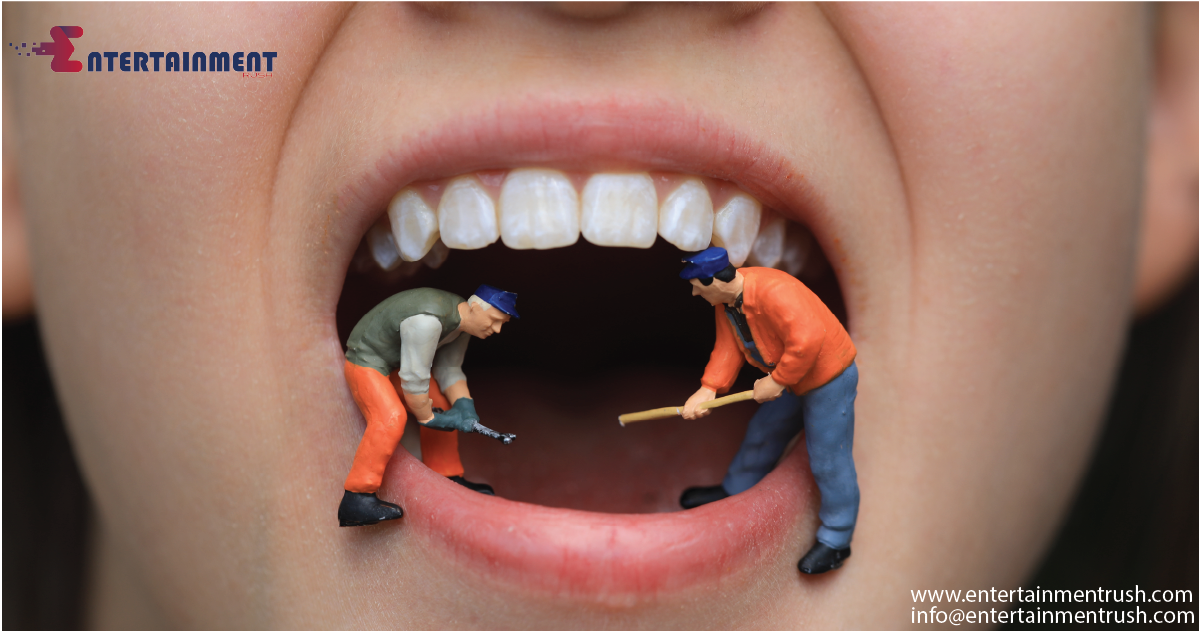The ancient past never fails to surprise us with its hidden secrets, and recently, a fascinating discovery has shed new light on the dental health of our ancestors. Archaeologists studying Bronze Age remains have uncovered rare traces of tooth decay and gum disease, offering a unique glimpse into the oral health challenges faced by people thousands of years ago.
Surprising Parallels to Modern Dental Problems
In a remarkable find, researchers examining teeth dating back to the Bronze Age found evidence of dental issues that are surprisingly similar to those we encounter today. This discovery challenges the assumption that dental problems, such as cavities and gum disease, are modern afflictions brought on by our diets and lifestyles.
Uncovering the Rarity of Dental Issues
One of the most intriguing aspects of this discovery is the rarity of such dental issues during the Bronze Age. Contrary to popular belief, tooth decay and gum disease seem not as widespread as we might have assumed. The fact that these conditions were found in only a small percentage of the population suggests that our ancestors may have had some knowledge of dental hygiene practices, even if they were rudimentary compared to our modern standards.
Insights into Ancient Societal Practices
The condition of the teeth offers clues not only about the health of individuals but also about the broader societal practices of the time. It prompts questions about the diet of these ancient peoples, their oral hygiene routines, and even the potential presence of early forms of dentistry or medicinal treatments for dental problems.
The Resilience of Ancient Oral Health
Imagine the lives of these individuals, living in a time when dental care was far from advanced. Yet, despite the lack of modern tools and techniques, some managed to maintain relatively healthy teeth and gums. It speaks to the resilience and adaptability of humanity throughout history.
Importance of Studying Ancient Remains
Furthermore, this discovery highlights the importance of studying ancient remains. By analyzing the dental health of Bronze Age individuals, researchers gain insights into these ancient communities’ overall health and lifestyle. It allows us to create a more comprehensive picture of their daily lives, from their diets to their hygiene practices.
Teeth as Silent Storytellers
The teeth themselves become silent storytellers of the past, revealing not just individual experiences but also providing a window into the broader societal context. Perhaps the rarity of dental issues in the Bronze Age suggests a diet rich in natural foods and low in sugars and processed carbohydrates. It could indicate that, despite the lack of modern dental tools, people might have employed natural remedies or certain practices to maintain oral health.
Reflections on Our Own Dental Health
As we marvel at the remarkable preservation of these ancient teeth, it also serves as a reminder of the fragility of our dental health. In an age where advanced dental care is readily available, we should not take our oral health for granted. This discovery from the Bronze Age encourages us to appreciate the advancements in dental hygiene and care that we benefit from today.
Conclusion: A Glimpse into the Past, Lessons for the Future
In conclusion, the recent discovery of rare traces of tooth decay and gum disease in Bronze Age teeth offers a fascinating glimpse into the oral health of our ancestors. It challenges our assumptions about the prevalence of dental issues in ancient times and prompts us to consider the lives and practices of these ancient peoples. As we continue to unravel the mysteries of the past, let us also reflect on the importance of maintaining our own dental health in the present day. This discovery not only adds to our understanding of history but also underscores the value of preserving and caring for our teeth, ensuring that they remain healthy for generations to come.




Leave feedback about this